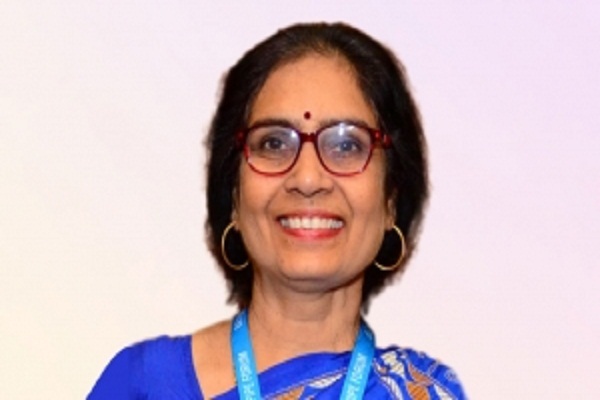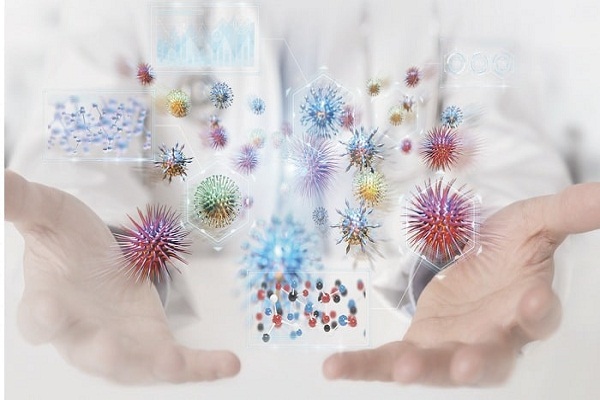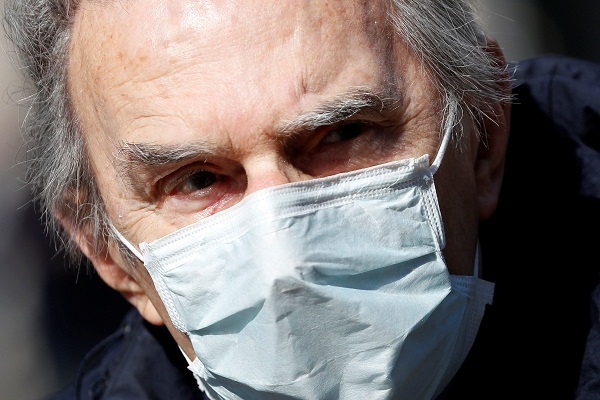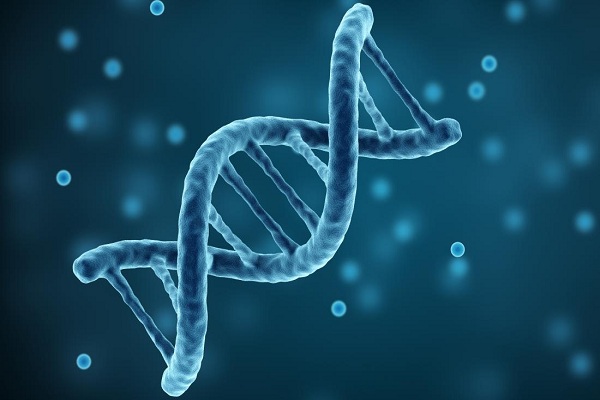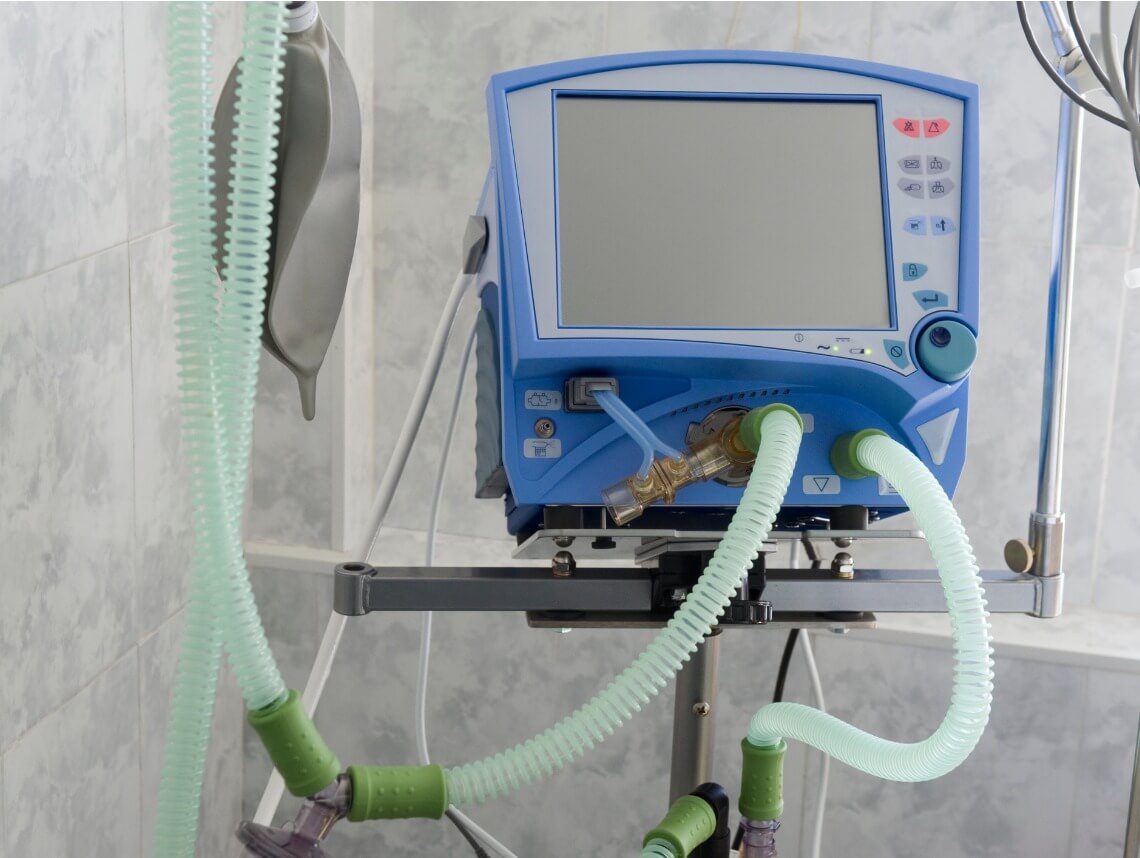
Skin is the largest organ in our body. It acts as a protecting shield for our, against the harmful rays or bacteria and has the ability to mend itself, except when we suffer damage from a burn injury. “Burns” is becoming a major public health concern across the world. According to a 2014 report by WHO, more people are falling victim to burn injuries than Tuberculosis and Malaria every year. The treatment requires prolonged hospitalization intensive care and multiple corrective surgeries, leading to immense suffering and economic hardships. However, with the advancements in technology, more hospitals are working on setting up a specialized burn unit, reducing the death and disability caused due to burn injuries.
Burn wounds can cause more than just physical damage. It can also have a severe psychological, social and economic effect on the victim. Medically, loss of skin removes the protective barrier against bacterial invasions, making the patient vulnerable to infections. Loss of proteins compromises the immune status and makes early cover mandatory.

If the loss of skin is minor, it can be overcome by the expandable skin of the patient himself. This skin is usually taken from parts of the body that are not visible like inner thigh or lower back. But when the burn wounds are more intense, skin donated and processed from the deceased is used. The grafts from the donated skin acts as a sterile dressing material which enables the body to heal itself from below the graft. Conventionally, if donated skin is unavailable the treatment is hampered in terms of the ability to cover extensive areas quickly. The easy availability of inexpensive donated skin reduces the number of surgeries and the incidence of infection. It also reduces the antibiotics and parenteral nutrition requirement significantly.
The final difference for the patient is early recovery, reduced infection rates, reduced morbidity and mortality. Along with this the beneficiaries have resultantly lesser scars, contractures and minimal permanent disfigurement.
10 little known facts about skin donation:

- There are no specific requirements in terms of sex, age or blood group. As long as the donor is not suffering from any STDs, HIV, hepatitis B or C, Septicemia, skin cancer or any other skin diseases, he or she can donate. Also donor should not have had any blood transfusion in past two years before skin donation
- However individuals with diabetes and hypertension or piercings and tattoos can also donate
- Donation should be done within 6-8 hours after the death of a donor
- It is not necessary for the donor to go hospital to donate. A team of eligible and trained personnel from the skin bank will be sent to the donor’s house
- Post death, the skin is harvested from both the legs, both the thighs and the back
- As opposed to common notion, only the outer epidermis, that is 1/8th portion of the skin is harvested (that is partial thickness)
- There is no bleeding when the skin is harvested, as it is only the epidermis which is harvested. However, there can be little secretion of body fluids which will be handled and bandaged neatly
- Harvesting of the skin will take only 30-45 minutes. The whole procedure including harvesting, bandaging and cleaning might take up to 1-2 hours
- The skin harvesting is carried out by the collection team consisting of one doctor, one nurse and one attendant
- Unlike other organs, donated skin can be stored up to 5 years. This gives the doctors and surgeons more flexibility to use the skin on various burn cases
Skin Donation and Eye Donation Similarities and Differences
A combined skin and eye bank gives every individual an opportunity to donate a tissue which can help some person in the future. Many consider skin to be a tissue however just like the eyes, it is an organ. Both can be donated after death and the preconditions for donation are almost identical. In case of eyes, only the cornea is used out of whole eyeball whereas the 1/8th layer of the skin that is taken is used completely. We believe that skin donation will become as commonplace as eye donation in the near future.
(Disclaimer: Author Dr Vispi Jokhi is CEO, Masina Hospital. Views expressed are a personal opinion.)
Be a part of Elets Collaborative Initiatives. Join Us for Upcoming Events and explore business opportunities. Like us on Facebook , connect with us on LinkedIn and follow us on Twitter , Instagram.





